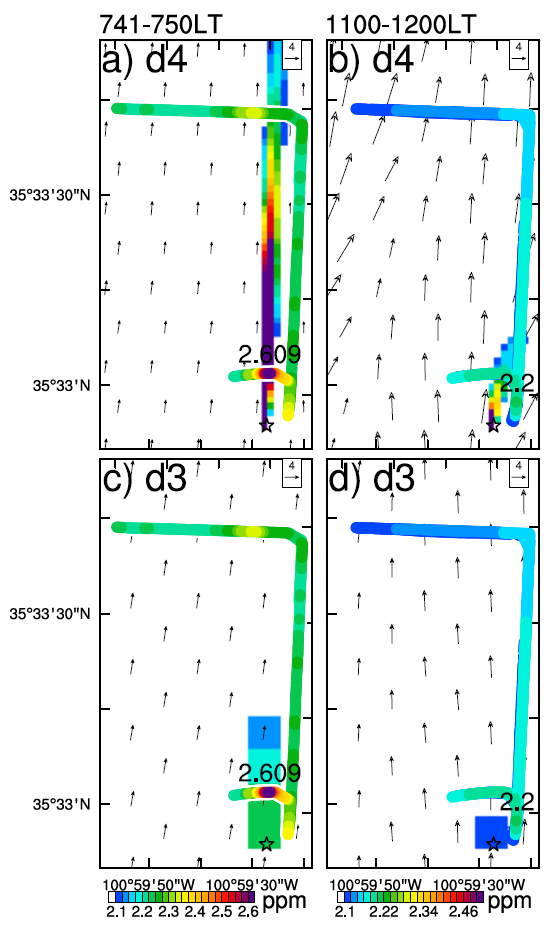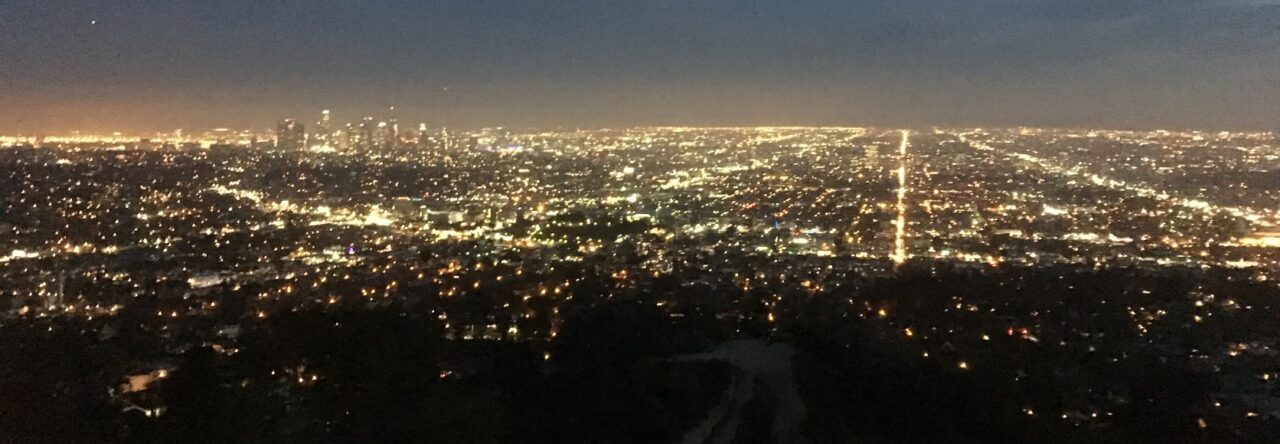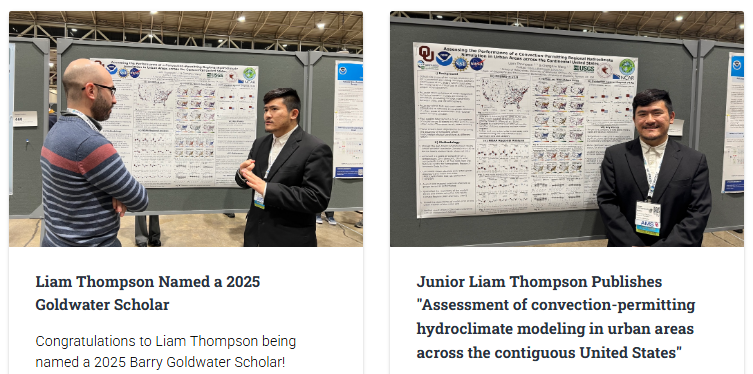Our new paper, “Observation and simulation of methane plumes during the morning boundary layer transition“, is published in Journal of Geophysical Research: Atmospheres (IF: 3.8).
The paper can be downloaded at https://agupubs.onlinelibrary.wiley.com/doi/full/10.1029/2024JD042317.
Authors: Xiao-Ming Hu, Wesley Honeycutt, Chenghao Wang, Binbin Weng, Bowen Zhou, & Ming Xue
Abstract: Methane (CH4) contributes significantly to global warming. However, accurate identification of CH4 sources for reducing CH4 emissions is often hampered by inadequate accuracy and spatiotemporal coverage of CH4 detection, and lack of accurate CH4 forward modeling used in top-down inversion systems. In this study, a field experiment was conducted in Pampa, Texas using two CH4 sensors (LI-COR and OGI camera) to detect CH4 releases. We investigated whether high-resolution simulations using the Weather Research and Forecasting (WRF) model with greenhouse gases (WRF-GHG) could accurately simulate the CH4 plumes in the presence of evolving atmospheric boundary layer from sunrise to noon. CH4 plumes showed substantial variation in time. At a release rate of ∼17.5 kg hr−1, the maximum enhancement of CH4 measured by LI-COR was 2.6 ppm at sunrise (7:36 a.m.), 250 m from the release location. Within half an hour after sunrise, this enhancement decreased to 0.3–0.4 ppm. The enhancement was 0.2 ppm by 10:00 a.m. and further dropped to less than 0.1 ppm after 11:30 a.m. Due to the low temperature at sunrise, the OGI camera failed to detect the CH4 plume. The WRF-GHG large-eddy simulation (LES) with 32 m grid spacing successfully reproduced these CH4 enhancements. In situ measurements together with numerical simulations illustrate the impact of the transition from a stable boundary layer in the early morning to a convective boundary layer at noon on the dispersion of CH4 plumes. Additionally, CH4 plumes from a cattle farm in Oklahoma are briefly examined using the same modeling approach.
DOI: https://doi.org/10.1029/2024JD042317



